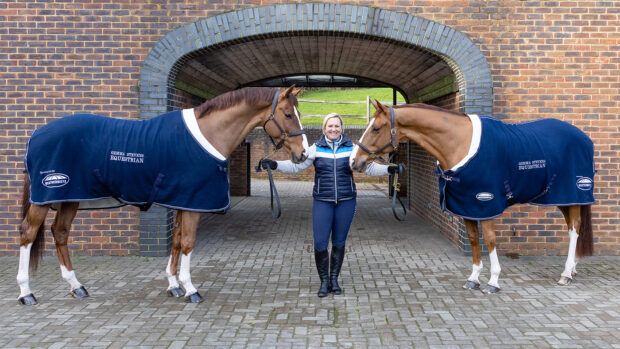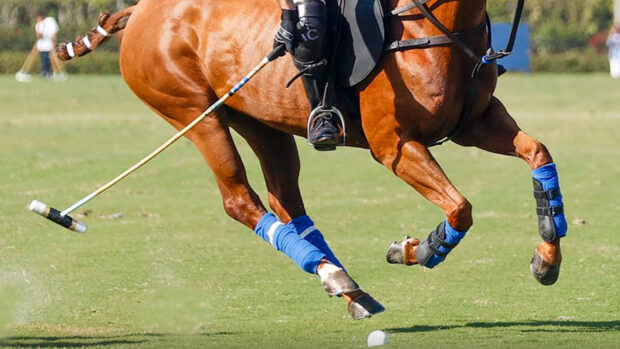Polo is the latest high-value horse sport to turn to cloning to provide the star rides of the future.
Califa, the 2009 US and Argentine Open team pony played by Mariano Aguerre, has become the first polo pony in the world to be cloned, with his three “doubles” due in April.
Top showjumpers Gem Twist and ET were cloned in 2008 and 2006. But cloning has proved controversial, with British Showjumping suggesting a ban on clones competing.
David Morley, chairman of the Hurlingham Polo Association pony welfare committee, said he wasn’t against the idea: “You can’t stop progress, you just have to monitor the situation and make sure it is not detrimental to the horses or the sport.
“People were very sceptical about embryo transfer to start with, but it has really caught on.”
Candace Dobson of Viagen — the US cloning company behind the copying of Califa — thinks he could be the first of many polo ponies to be cloned.
“The top-playing ponies have a high value and are often geldings,” she said.
“Califa is a great first horse to present the technology to the industry and we have already had a lot of enquiries from the US and Argentina.”
The industry is curious to find out how much effect environment and training have on genetically identical horses.
“I can’t believe a cloned pony will be an exact replica because who knows what their temperament will be like,” said England player Henry Brett.
Polo Times broke the story, reporting that the bay gelding had been copied with cell information from a tissue biopsy.
The process, which costs $165,000 (£105,260), involved removing the nucleus from a donated egg and replacing it with the nucleus of a cell from Califa.
These eggs were implanted in surrogate mares which, it is hoped, will give birth in April.
Both Mr Morley and Mr Brett insist that only ponies with great conformation and playing ability should be replicated.
Their wish list includes Adolfo Cambiaso’s Mambo and Legend as well as Chesney, who was played by Carlos Gracida.
This article was first published in Horse & Hound (11 February, ’10)



